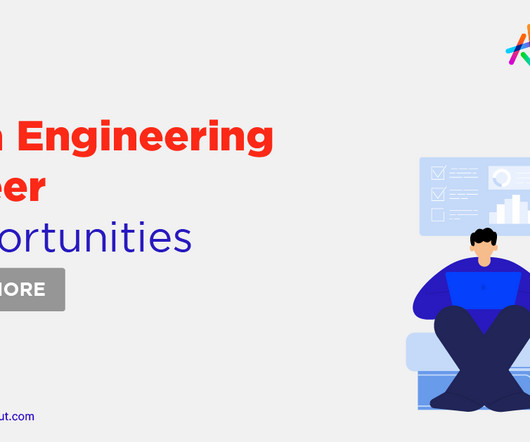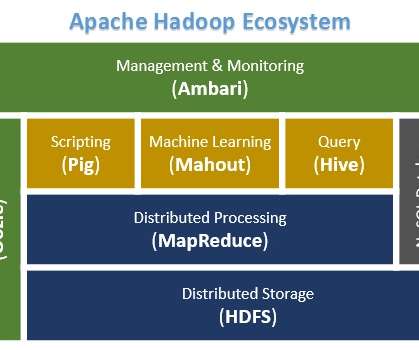Top 7 Data Engineering Career Opportunities in 2024
Knowledge Hut
DECEMBER 21, 2023
The primary process comprises gathering data from multiple sources, storing it in a database to handle vast quantities of information, cleaning it for further use and presenting it in a comprehensible manner. Data engineering involves a lot of technical skills like Python, Java, and SQL (Structured Query Language).












Let's personalize your content